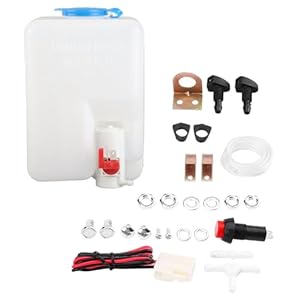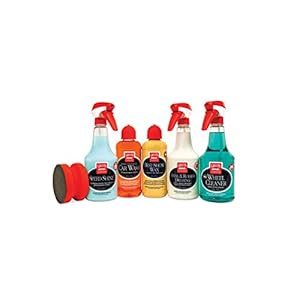
When installing a roof rack on your car, precision is key. From selecting the right tools to understanding your vehicle’s specifications, each step plays a vital role in ensuring a safe and secure installation. As you embark on this process, remember that attention to detail can make all the difference in the outcome. So, let’s explore some expert tips to guide you through this task seamlessly.
Essential Tools for Installation
You’ll need a set of basic tools to ensure a smooth installation process for your roof rack. The essential tools include a measuring tape to determine the correct placement of the rack, a wrench or socket set to tighten bolts securely, and a screwdriver for certain types of roof racks. Additionally, having a level will help ensure that the rack is installed evenly to prevent any issues with weight distribution.
A rubber mallet can be handy for gently adjusting the position of the rack or making minor tweaks for a perfect fit. It’s also recommended to have a step ladder or stool to comfortably reach the top of your car during the installation process. Safety goggles are essential to protect your eyes from any debris or small particles that may fall during the installation.
Lastly, having a friend to assist you can make the installation process smoother and safer. They can help hold the rack in place while you secure it, or pass you tools as needed. With these basic tools and precautions in place, you’ll be ready to successfully install your roof rack.
Choosing the Right Roof Rack
To ensure a successful installation, selecting the appropriate roof rack that fits your vehicle’s specifications is crucial. When choosing a roof rack, consider factors such as the type of vehicle you have, the intended use of the rack, and the weight capacity required.
There are different types of roof racks available, including crossbars, side rails, and basket-style racks. Crossbars are versatile and can accommodate various attachments, while side rails are more permanent fixtures on your vehicle. Basket-style racks provide a platform for larger items but may increase wind resistance.
Ensure that the roof rack you choose is compatible with your vehicle’s make and model. Some racks are specifically designed for certain cars or have adjustable features to fit different vehicles. Additionally, check the weight capacity of the roof rack to ensure it can safely carry your gear.
Consider factors like the material of the rack, the ease of installation, and any additional features that may benefit your specific needs. By selecting the right roof rack, you can ensure a secure and efficient way to transport your equipment.
Preparing Your Car for Installation
When preparing your car for installing a roof rack, start by checking the roof rack’s compatibility with your vehicle’s make and model. Consult the manufacturer’s guidelines or website to ensure that the roof rack you have chosen is suitable for your specific car. Next, inspect the roof of your vehicle for any existing roof rails, crossbars, or mounting points. Some cars come pre-installed with these components, which can make the installation process easier. If your car doesn’t have existing mounting points, you may need to purchase a roof rack system that includes all the necessary components for installation.
Before proceeding, thoroughly clean the roof of your car to ensure proper adhesion of the roof rack. Remove any dirt, debris, or wax that could interfere with the roof rack’s attachment. Additionally, gather all the tools required for installation, such as a wrench or screwdriver, to streamline the process. By taking these preparatory steps, you’ll set yourself up for a successful roof rack installation on your car.
Step-by-Step Installation Guide
For a smooth installation process, ensure you have all the necessary components of the roof rack system ready and easily accessible.
The first step is to position the roof rack feet on your vehicle’s roof according to the manufacturer’s instructions. Make sure they’re evenly spaced and aligned correctly.
Next, attach the fit kit or mounting brackets to the feet securely. Once the feet and fit kit are in place, carefully lift the crossbars onto the feet. Double-check that the crossbars are level and evenly positioned.
Use the provided tools to tighten all the connections, ensuring the roof rack is stable and secure. After securing the crossbars, attach any additional accessories, such as bike racks or cargo boxes, following the specific instructions for each accessory.
Automotive & Tools














